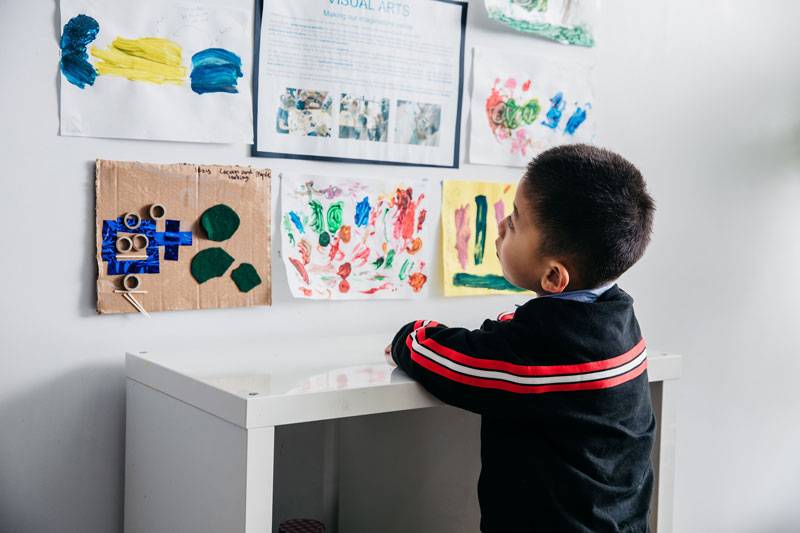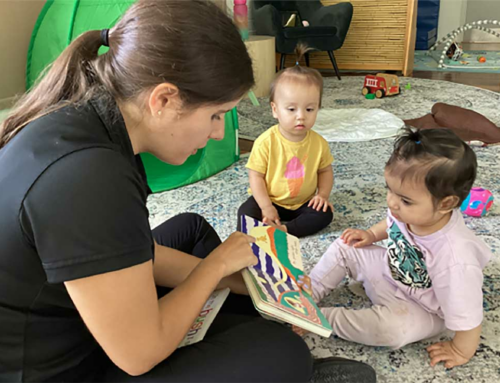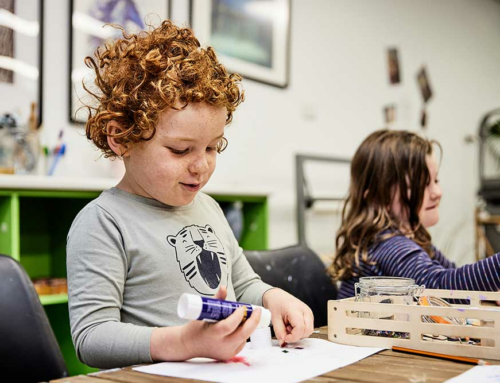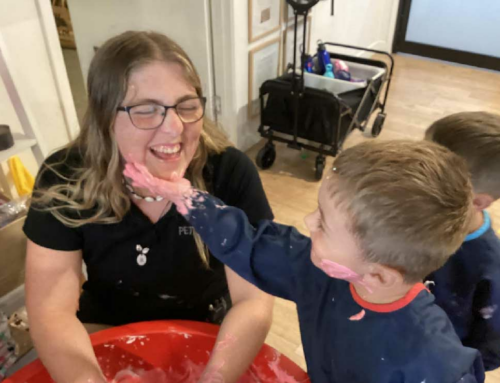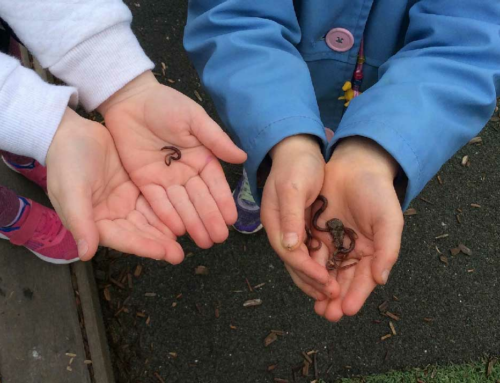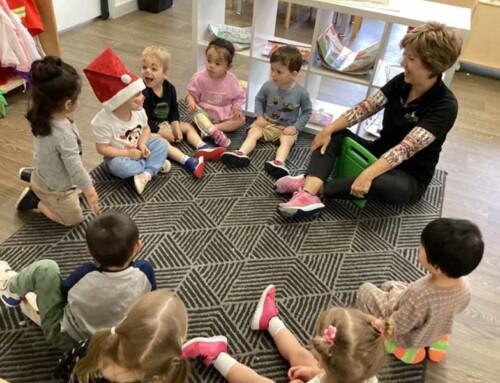It’s that time when we as parents begin to think, “What next?” Our little baby is no longer small and is learning to become independent. Before we know it, they’ll be off to big school. You can’t put it off any longer. Be ready to think beyond preschool with our starting school checklist.
Try not to leave your preparations until the last minute. While there are situations where you can’t avoid it, it is best to start the enrolment process earlier than later, especially if you’re considering a private school. Choosing a school is a big decision.
Once you’ve chosen a school, you may need to organise an interview and a transition day for your child. Plus, you’ll have to pick up a book and supply list, as well as a uniform list, so your child is ready-to-go on day one.
Our school preparation checklist covers more than just uniform and supplies. It will help you navigate through the finer details of when school starts. Print off your copy now for practical advice on:
- Choosing a school.
- School enrolments.
- School supplies and other stuff for school.
- How to survive when school starts.
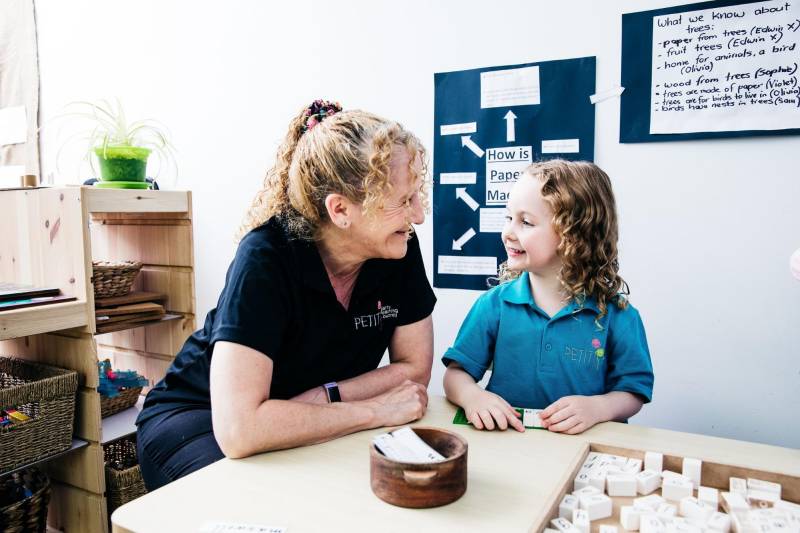
Choosing a school
Deciding where to send your child is personal. You may want to enrol them in private or distant education or perhaps homeschooling is your preference. For many children, parents choose a public school, but even then, there are in-catchment and out-of-catchment options.
It’s a good idea to begin choosing a school between 9 and 18 months in advance. You may even need to start sooner for popular schools, especially those in the private sector. Each school is different. Even public schools have their own administration and processes.
Some public schools only accept children who live in their catchment area. This is a government-designated area or zone around the school. When choosing a school:
- Start considering your options early.
- Contact interested schools for enrolment advice and a mailing list membership.
- Begin collating your enrolment paperwork, such as your child’s birth certificate.
- Talk to other parents about the school. Facebook community groups are an excellent place to start conversations.
- Ask your child care centre about their school transition programs.
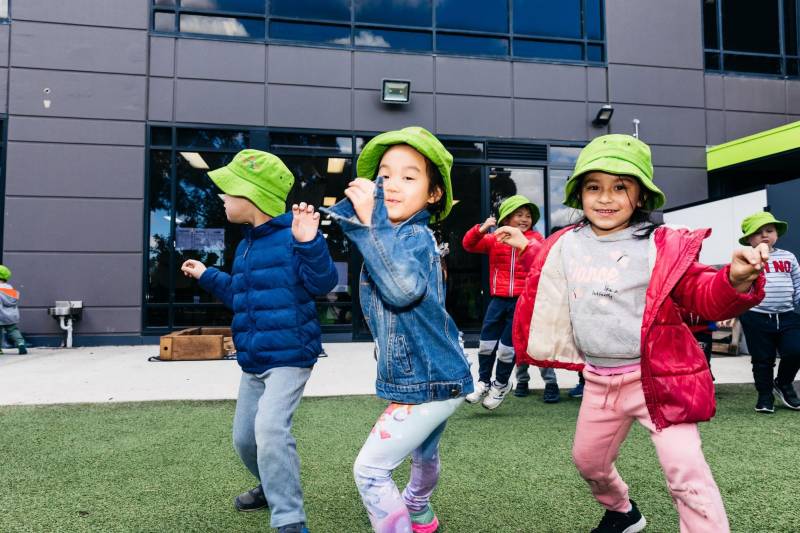
What you need for school enrolments
Once you’ve contacted your child’s chosen school, they’ll either send out your paperwork or ask you to come down to see them. If it’s a public school with catchment area limitations, their enrolment process may ask you to provide verification of where you live.
Each school will have its own enrolment process. Some schools may hold child and teacher interviews, as well as transition days. If you’re worried about whether your child is ready to start school, talk to their early childhood Educator and explore our school readiness checklist.
Keep a document wallet or folder for your child’s enrolment papers handy. Start collating the paperwork you need for their school enrolment. Documents like:
- Your child’s original full birth certificate or passport or visa if not available.
- Relevant Family Court or other court orders.
- Information about relevant medical conditions or disabilities that your child may have.
- Proof of your residential address.
- Completed enrolment forms.
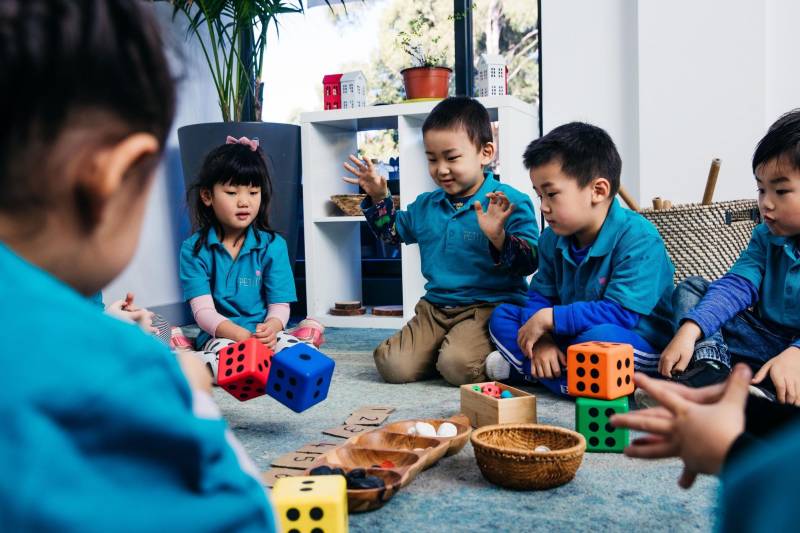
School supplies and other stuff for school
When you go to your child’s school to enrol, be sure to ask for a book and school supplies list. Some schools have preferred suppliers where you can hand the list in, and they put everything together for you. They may even deliver it to you before the new school year starts.
There is often other stuff like uniforms that you may also need for the start of school and other items that are necessary, like a lunchbox. Here’s our complete starting school checklist:
School preparation checklist
- Choose a school.
- Complete your child’s enrolment (forms and interview).
- Encourage your child to attend a school transition day.
- Have lots of positive discussions with your child about starting school.
- Order school books and supplies.
- Cover school books together.
- Purchase school uniforms, including shoes and a hat.
- Find a suitable lunch box that will fit in your child’s school bag.
- Select a drink bottle for water.
- Include a reliable raincoat for when it is raining.
- Pack up all the everyday school items into a durable school bag.
- Pay any starting school fees.
- Ensure immunisations are up to date.
- Get health checks completed, such as dental and vision screening.
- Make sure you label everything, including the lunchbox, bottle and hat.
- Work out your child’s morning and afternoon routines after and before school.
- Organise your contingency plan for when your child is sick or on holidays.
Your school preparation may be made easier if your school has preferred suppliers. Some schools also use apps that help with ordering school lunches from the tuckshop and uniform purchases. Ask your school about the apps they use when you complete your child’s enrolment.
For before school and after school routines, you may decide to use after school care services. Some schools have their own after school care services, while other children attend a child care centre with their younger siblings. Check with centres in your area for options.
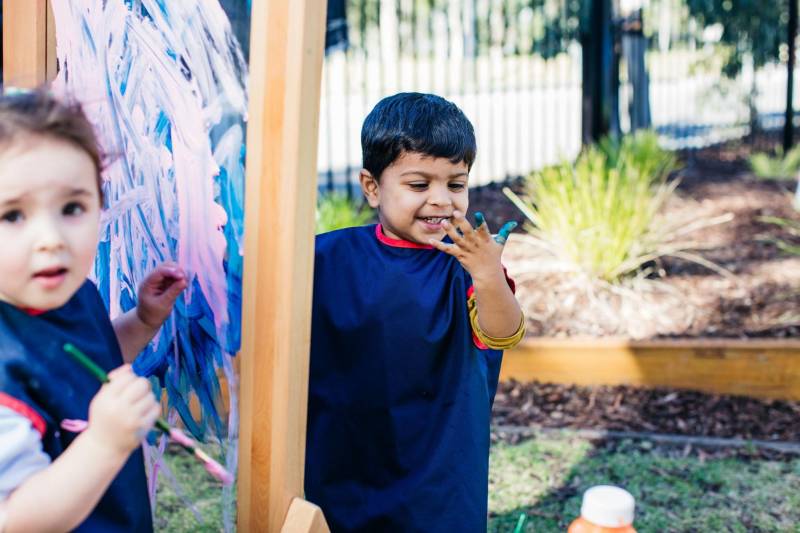
How to survive when school starts
Starting at a new school is an exciting adventure, but it can still be nerve-racking for your child, and for you, as you both start new routines. Lay out the school clothes the night before, and get a good night’s sleep. Start the day early with a wholesome breakfast.
Don’t forget to order or pack your child’s lunch and fill the water bottle before heading off. Depending on what you choose to pack, you may be able to prepare some healthy fridge and freezer meals on weekends.
You may want to arrive at school 10 to 15 minutes before the bell, especially if you have to carry school supplies to the classroom. Be prepared for limited parking around the school and if you’re taking a photo of your child, be aware of other children who may sneak into the frame.
Many primary schools require preparatory and grade one students to be signed in and out of their classrooms. Get a good sense of your child’s pick-up procedure before you head back home or to work. Practice mindfulness exercises if you’re worried.
At the end of the first day, arrive on-time to collect your child. They will have many exciting things to tell you about their first day at school.
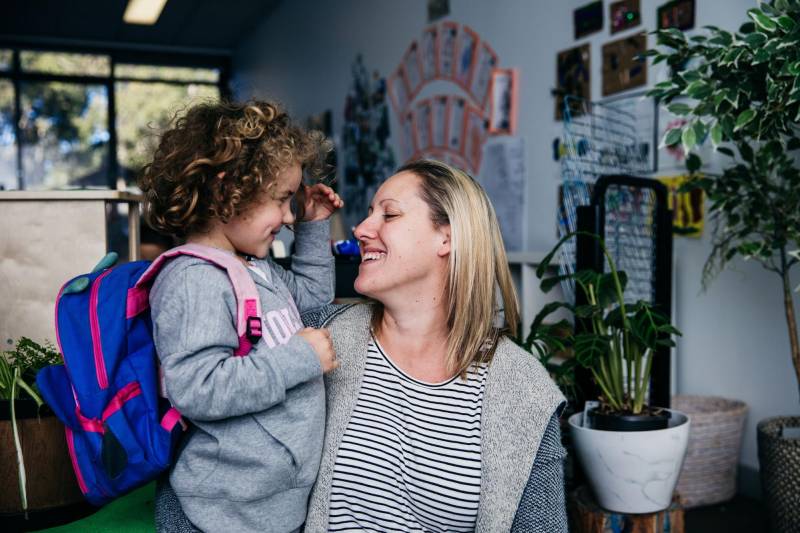
Give your child the best start in life at Petit Early Learning Journey
Documenting your child’s learning journey as an essential part of our educational curriculum. Our centres collaborate with families and local schools, organising excursions, sharing ideas and information to assist with smooth transitions when starting school.
Are you seeking an early childhood education and care centre which emphasises play-based learning, while developing a foundation for basic math, reading and writing skills? Give your local Petit centre a call to learn more about our approach to preparing children for starting school.
